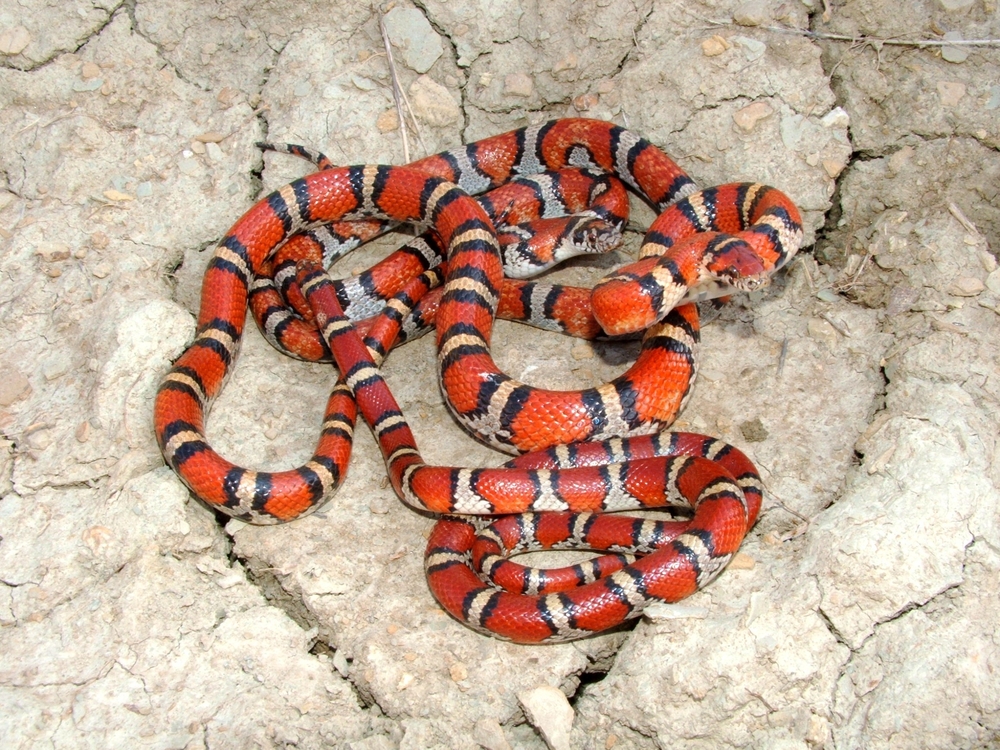

Scientific name: Lampropeltis getula nigra Black kingsnake Eastern black kingsnake image by Peter Paplanus via Flickr | CC BY 2.0 Many species of of kingsnakes, the eastern kingsnake included, are popular in pet industry.Ĥ. You’ll find eastern kingsnakes in forests, swamps, and wetlands as well as farmlands and more urban areas. They eat other snakes, lizards, frogs, rodents, birds, and they especially like turtle eggs.

Kingsnakes are constrictors and hunt during the day. The juveniles emerge fully formed and are brightly colored. They can grow up to 36 to 48 inches in total length and are characterized by having shiny, black, smooth scales with white or yellow chain link bands that cross the back and connect on the sides.Įastern kingsnakes lay clutches of 4-20 eggs which hatch in about 60 days. The eastern kingsnake can be found in all areas in the state of Alabama. Fish and Wildlife Service Southeast Region via Flickr Eastern kingsnake eastern kingsnake in the road | source: U.S. Because they’re so elusive, it is difficult to determine how distributed their population is in Alabama.ģ. The mole kingsnake is secretive and rarely seen, but they are fairly abundant in some places in Alabama. They like to hide under boards or natural debris of open fields or edges of forests. They spend much of their time underground and aren’t seen very often. Like other kingsnakes, they eat a variety of animals like rodents, other smaller snakes, lizards, amphibians, and birds. They mate in late spring or early summer, laying a clutch of 10-12 eggs. They have very smooth scales and are a light or dark brown with reddish brown spots down the back. The mole kingsnake is a subspecies of the prairie kingsnake. Scientific name: Lampropeltis calligaster Mole kingsnake mole kingsnake | image by Dawson via Wikimedia Commons | CC BY-SA 2.5 The use of pesticides also plays a part in their classification.Ģ. This is due in part to their low population and low distribution in Alabama, and also because of the prevalence of fire ants in northern Alabama. The prairie kingsnake is classified as being of moderate conservation concern. They like to live in fields, prairies, woodlots, and rocky hillsides.

The prairie kingsnake eats mice and other small mammals, but they have also been known to eat lizards, smaller snakes, amphibians, small birds, and sometimes insects. They typically hunt during the day, but during the peak of summer, they actually become more nocturnal. 6 to 18 eggs are laid, but won’t hatch until August or September. Their mating season is in early spring, after coming out of their winter dormancy. The young are vibrantly spotted, which fades over time. The belly is a cream or yellow color with brown blotches. This elusive snake is usually tan to brownish gray, with brown or rusty blotches down the back. They can grow up to 4 and a half feet in total length.

They’re found in scattered locations all throughout the state. The prairie kingsnake is also known as the yellow-bellied kingsnake. Scientific name: Lampropeltis calligaster calligaster Prairie kingsnake Prairie king snake image by Peter Paplanus via Flickr | CC BY 2.0 The 7 types of kingsnakes found in Alabama are the prairie kingsnake, mole kingsnake, eastern kingsnake, black kingsnake, scarlet kingsnake, red milk snake, and the eastern milk snake. Let’s have a quick look at Alabama’s kingsnakes! 7 types of kingsnakes in Alabama If you do come across one though, they’re quite a treat to see as they do not look like other snakes. They’re seldom seen and are rather elusive. Kingsnakes are named as such because they are known to prey on other snakes. There are many different types of snakes found in the state, but there are only a few different species of kingsnakes in Alabama.


 0 kommentar(er)
0 kommentar(er)
